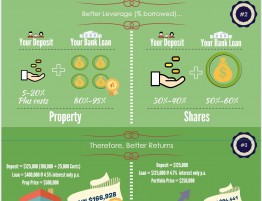
Many clients ask me what an offset account is and why it is different to a redraw facility.
Let’s start from basics, a redraw facility is a feature within the home loan account that enables you to draw any extra amounts that you have deposited in your home loan other than the minimum repayment. For example, if I put an extra $1,000 a month after my minimum repayment has been made, at the end of 12 months I will have $12,000 sitting in my loan available for redraw.
On the other hand a 100% Offset account is a regular savings or transaction account that is linked to your home loan and serves as an offset to your mortgage. For example, you have a home loan worth $500,000 and you have $100,000 in savings. If you place these savings in your offset account, you will only pay interest on $400,000 (i.e. 500,000 loan minus $100,000 savings)
Why is it beneficial to have an offset account?
An offset account is fully transactional, which means you can have your salary deposited into this account and pay bills with it if you wish. Another advantage of the offset account is that if your home loan is for an investment property, once you withdraw money from your offset account the interest paid rises again and it is tax deductible. Following from the example above, if you have $100,000 in your offset account and are only paying interest on $400,000 once you withdraw these $100,000 you will pay interest on $500,000 again and all the interest paid will be tax deductible.
Please speak to your mortgage broker, accountant and financial adviser to formulate the structure that is right for your particular circumstances.
Do not hesitate to contact me if you have any questions. And as always, our best discussions happen in the comments section below.
Was this post helpful? If so, leave a comment and share it with your friends and family.
With a grateful heart,
Juliana Ardila




